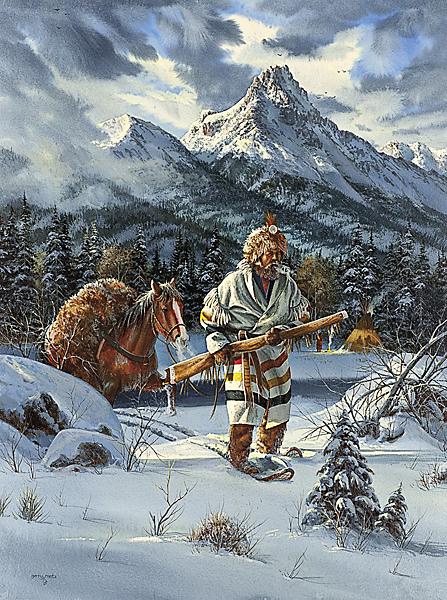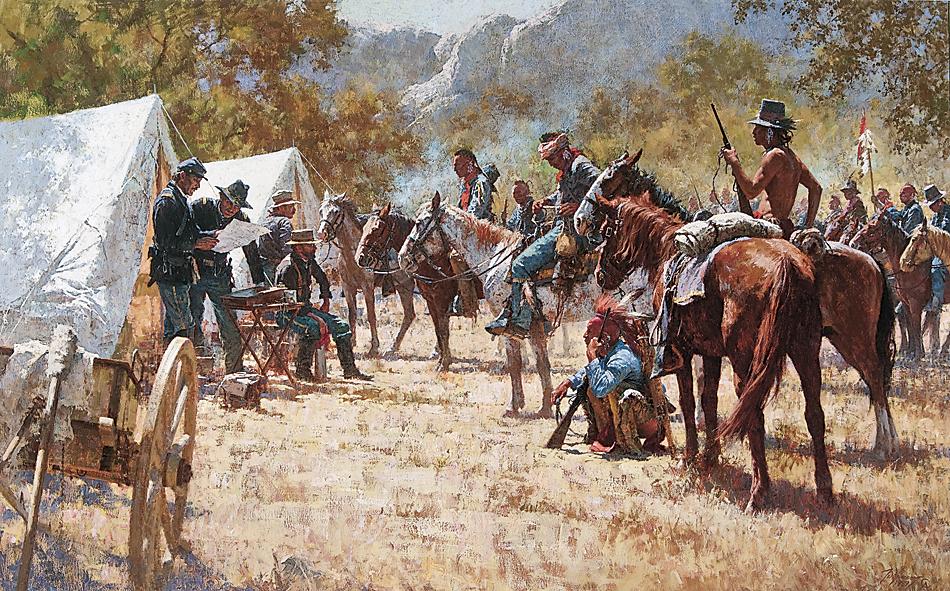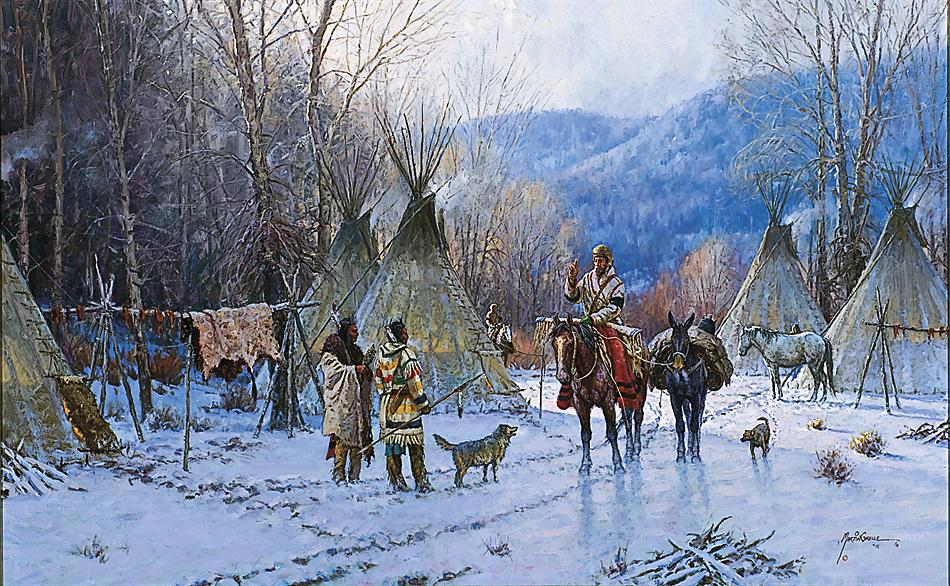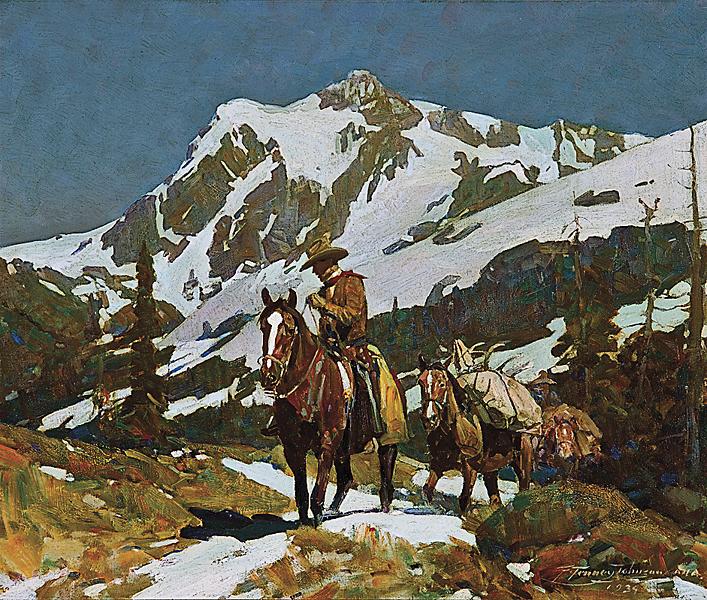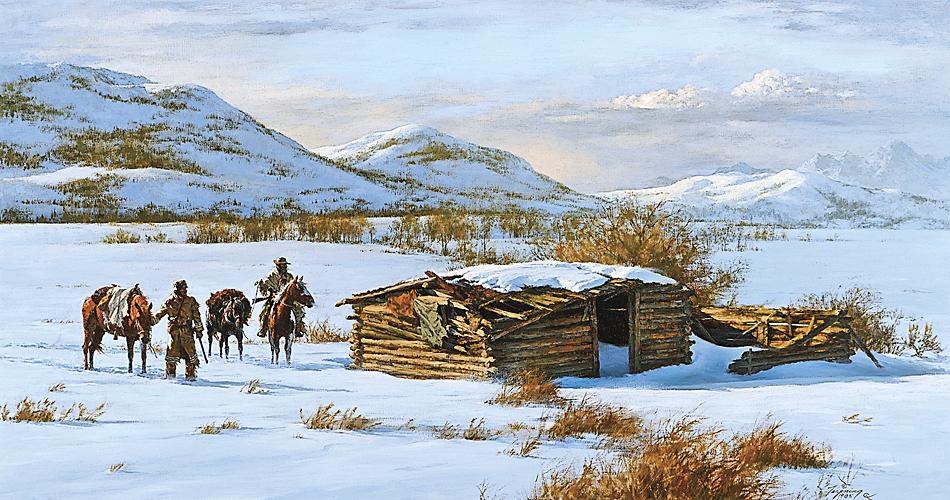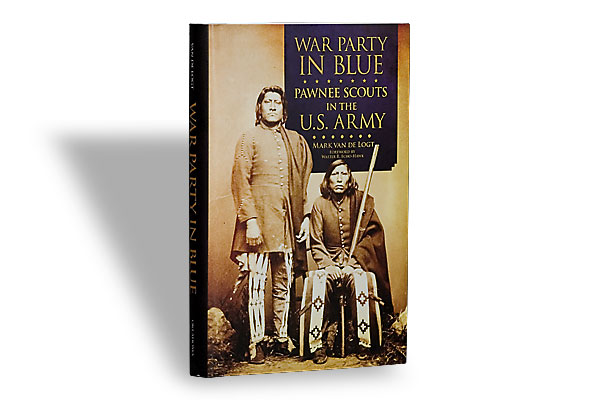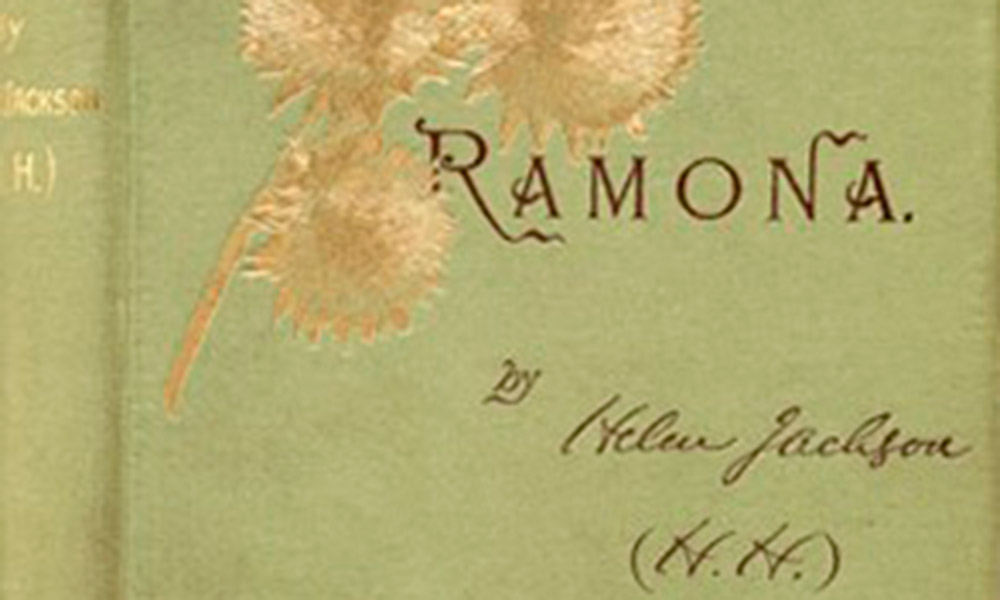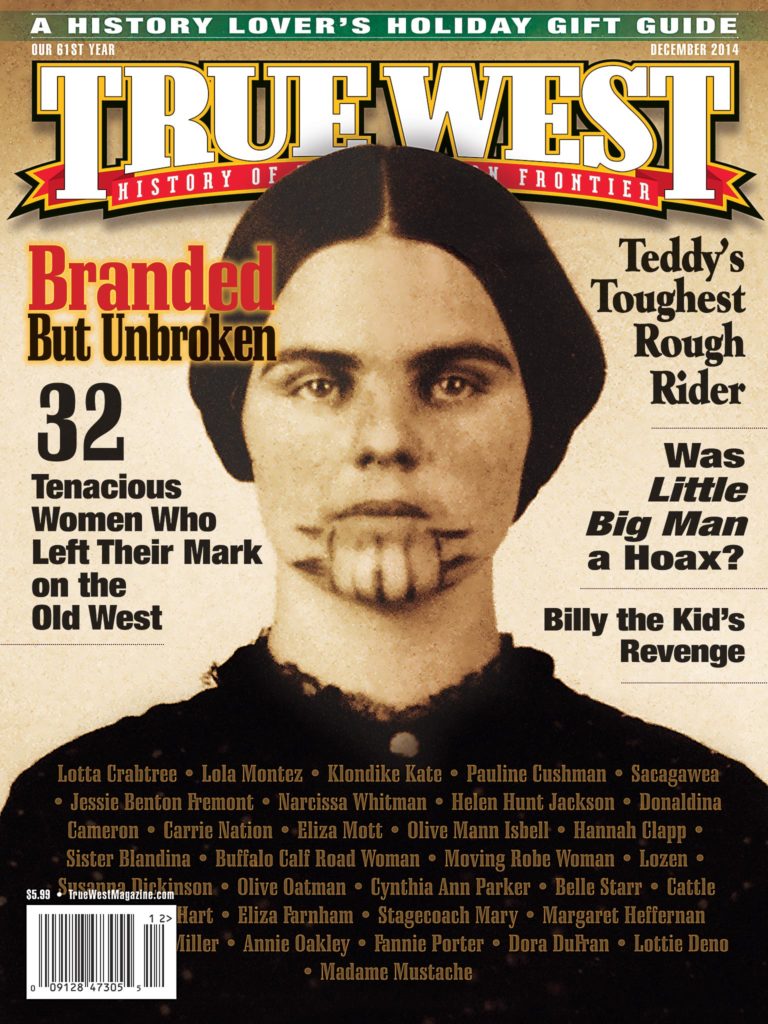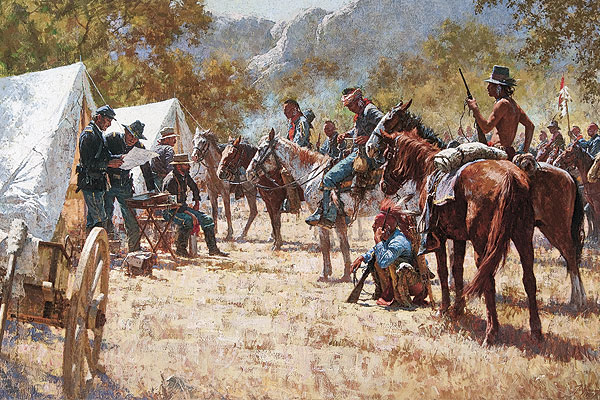 The Pawnee scouts, revered to this day in Pawnee culture, played a pivotal role during the height of the Indian Wars between 1864 and 1877.
The Pawnee scouts, revered to this day in Pawnee culture, played a pivotal role during the height of the Indian Wars between 1864 and 1877.
“With war howling at the very doorstep of the Pawnee nation, these soldiers forestalled the specter of genocide in their homeland and safeguarded the cultural survival of their nation into the present,” states Mark van de Logt in War Party in Blue.
Although five Pawnees had assisted in Col. Edwin Sumner’s 1857 campaign against the Cheyennes, many government officials distrusted all Indians. Recruiting the Pawnee into a battalion was not seriously considered until tensions between whites and Indians erupted into warfare in Colorado in 1864, with Gov. John Evans declaring war against the Cheyennes that spring.
That first summer with the Pawnee scouts, 150 years ago, clearly inspired Howard Terpning’s majestic oil, which earned the top bid at Wyoming’s Jackson Hole Art Auction on September 13. When the command set out from Nebraska’s Fort Kearny, the Pawnees wore Army-issued clothing of a hat, a blouse and trousers. By the time the scouts reached Julesburg, Colorado, most no longer had on their hats, few wore their blouses and some had cut the seats out of their trousers to turn them into leggings. Brigadier Gen. Robert Mitchell was disturbed by the scouts’ unsoldierly appearance.
Yet when the Pawnees returned to their reservation in October, Frank North was told to recruit scouts for a battalion. When North became commander, he succeeded largely because he allowed the scouts to remain distinctly Pawnee in their conduct of warfare, even to the point of them collecting scalps as spoils of war.
Why did the Pawnees help the government conquer the Sioux, Cheyennes and Arapahos? By the 1830s, these enemies had overpowered most of the sedentary tribes, like the Pawnee, who were suffering massive losses from epidemic diseases. In 1864, the same year they joined forces with the U.S., the Pawnees lost hundreds to measles and diphtheria. An 1857 treaty had locked the Pawnees into a reservation, making them even more vulnerable to raids. When they went to hunt buffalo, Pawnees were attacked. When the women headed to storage pits, they were attacked. When the U.S. came to the Pawnees and asked for help in locating the resisting tribes, the Pawnees welcomed the opportunity to take the war away from their home and exact revenge on their enemies.
Terpning’s impressive oil, Major North and the Pawnee Battalion, and other important Western American artworks earned collectors nearly $10 million. Included here are some winter artworks from this summer’s auctions.


